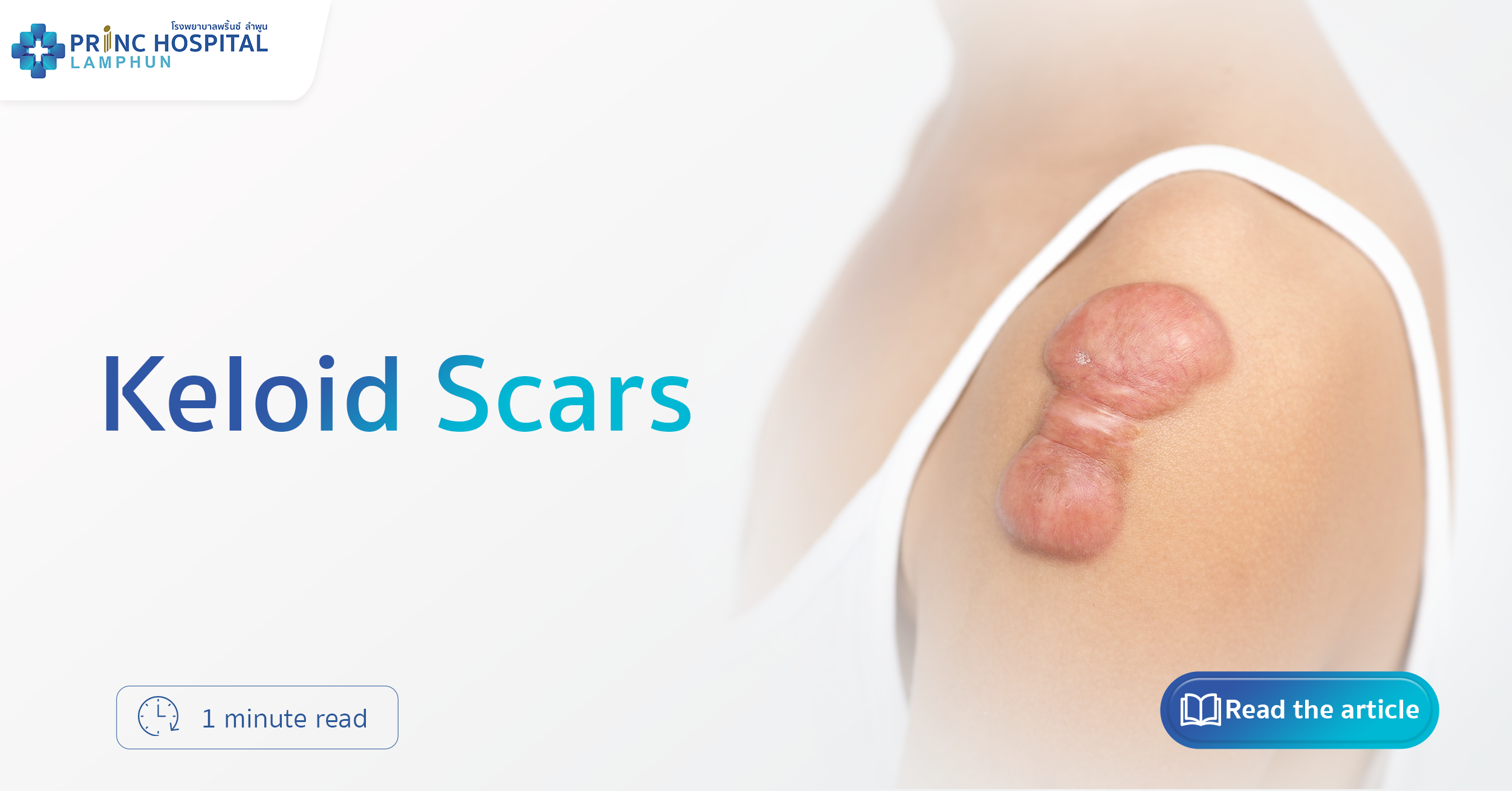Keloid Scars

Who is prone to developing keloid scars?
- Keloids are commonly found in individuals under 30 years old, particularly those with darker skin tones.
- Genetic factors play a role; people with a family history of keloid scars are more likely to develop them.
Keloids can develop after skin injuries such as:
- Acne
- Burns
- Chickenpox
- Ear or body piercings
- Minor scratches
- Surgical or injury scars
- Vaccination injection sites
Symptoms of keloids may include:
- Flesh-colored, red, or pink scars
- Raised areas over the site of the wound or injury
- Lumpy or rough texture
- Pain or itching
- Irritation from friction, such as rubbing against clothing
Keloids may become darker than the surrounding skin if exposed to sunlight within the first year after forming, and this darkening might not fade.

Treatment options for keloid or hypertrophic scars include:
- Corticosteroid injections to flatten the scar
- Cryosurgery (freezing the scar)
- Laser treatment
- Radiation therapy
- Surgical removal, followed by steroid injections to prevent recurrence, although this method is effective only for keloids in certain locations
- Silicone gel sheets or patches to reduce inflammation and itching
Preventing keloid scars:
- Keep wounds clean and use keloid gel or patches to prevent scar formation.
- Avoid injuries; if wounded, seek prompt treatment.
Treating scars involves determining the type of hypertrophic or keloid scar. If the scar is a keloid, appropriate treatment is essential to prevent it from becoming larger than the original size. Generally, scars can be prevented. Knowing how to care for new wounds can help prevent the formation of hypertrophic scars or keloids in the future.
Related Medical Center

